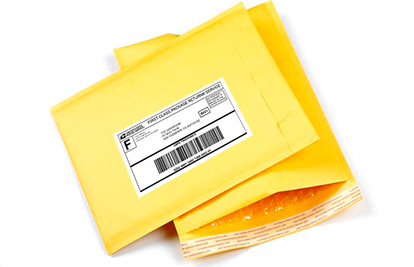Yes. Old film doesn’t go bad all at once – colors shift, contrast fades away, and fog builds up. Old film (~10+ years past the process date) will have faded, skewing towards magenta. In many cases, this is preferred and authentic to the time. Learn about old film developing. More on developing expired film.
Pushing ISO doubles every time you increase it 1 stop. So if the box speed is 400, then +1 stop would be 800, +2 stops would be 1600, +3 would be 3200. You can also pull your film – it works the same – you’re just cutting the speed in half for each stop you need to pull. So if the box speed is 400, -1 stop would be 200, -2 stops would be 100, and -3 would be 50.
Pushing and pulling will change the look of the film. Pushing is good for lowlight situations – it will add contrast and often make the grain more noticeable. Pulling will take away contrast giving you better detail in your shadows and will make grain less noticeable. Pulling film works great for black and white especially contrasty scenes with a lot of shadow detail.
You will also need let us know how much you push or pull your film so when we develop your film so we can change the developing time to compensate. Write down your push/pull on the order form which is a $2 fee and be sure to write on the film canister itself the push/pull.
If you would like a spool returned with your 120, 127, 620 film developing order, just let us know. You must request at time of processing. Note that the spool returned will be a similar type, but not your exact original.
The backing paper is not a returnable item.
Yes, of course, you always get your original film back with your order. Negatives are returned cut and sleeved. If you prefer your film uncut, please check the ‘do not cut’ box as well.
35mm slide film is returned uncut and long-sleeved unless you choose the slide film mounting option.
You will also get a link to your postage-paid label and have immediate access to your account dashboard. Remember, the shipping method you choose at checkout is for return shipping back to you.
Also, it’s a great idea to wrap a return address label around your film, just in case your envelope rips during shipping. See shipping FAQ’s for further info.

Download Order From and Printing Label
Then fill out the form, including payment info, put in a padded envelope, tape mailing label on the outside.
If you submit a roll to us and it produces no images, we will issue a voucher for future processing at no charge, less shipping. Please note that “Develop Only” rolls or sheet film orders are not eligible.
Vouchers have no cash value, expire in 1 year, and are not replaceable if lost.
If you submit a type of film to us that we are unable to develop, (Kodachrome, Triple Print, damaged rolls, etc.) we will return the film and you will not be charged for developing.
Almost anything, including C-41, E-6 Slide Film and Black & White processes. We can also do all types of black & white infrared and E-6 slide infrared films. Be sure to write on the package that it contains IR film.
Black and white films are processed using the manufacturer’s suggested times ( then adjusted based on film type trends) as a normal process. 35mm Slide Film is optionally mounted in GEPE plastic mounts.
If you send in old C-22 film, it will be processed as black & white. The chemicals necessary for this color process were discontinued many years ago.
We CANNOT develop any Kodachrome, Disc Film, Triple Print, AGFA Scala, ECN-2 or 5247 Seattle Film Works film.
If you are unsure what you have, just take a photo of the roll with your phone and attach it to our contact form. We will let you know if we can develop it.
If you send it to us, and we can’t do it, we’ll let you know as well.
If you have any other questions about film, please check out our film index.
Blank rolls are no fun, but we’re here to help.
If your roll came back without images, don’t worry, it happens, and we’re happy to help you figure out what went wrong so you can avoid it next time.
Some common causes of blank rolls include:
Single-use cameras are the most common culprits, as many people don’t realize how crucial the flash is in indoor or low-light settings. If the flash doesn’t fire, the photos may be too underexposed for our scanners to pick anything up from the negatives.
Not sure what went wrong?
We can usually help figure it out! Just send us a message with any helpful info and a photo of your negatives.
Notifications